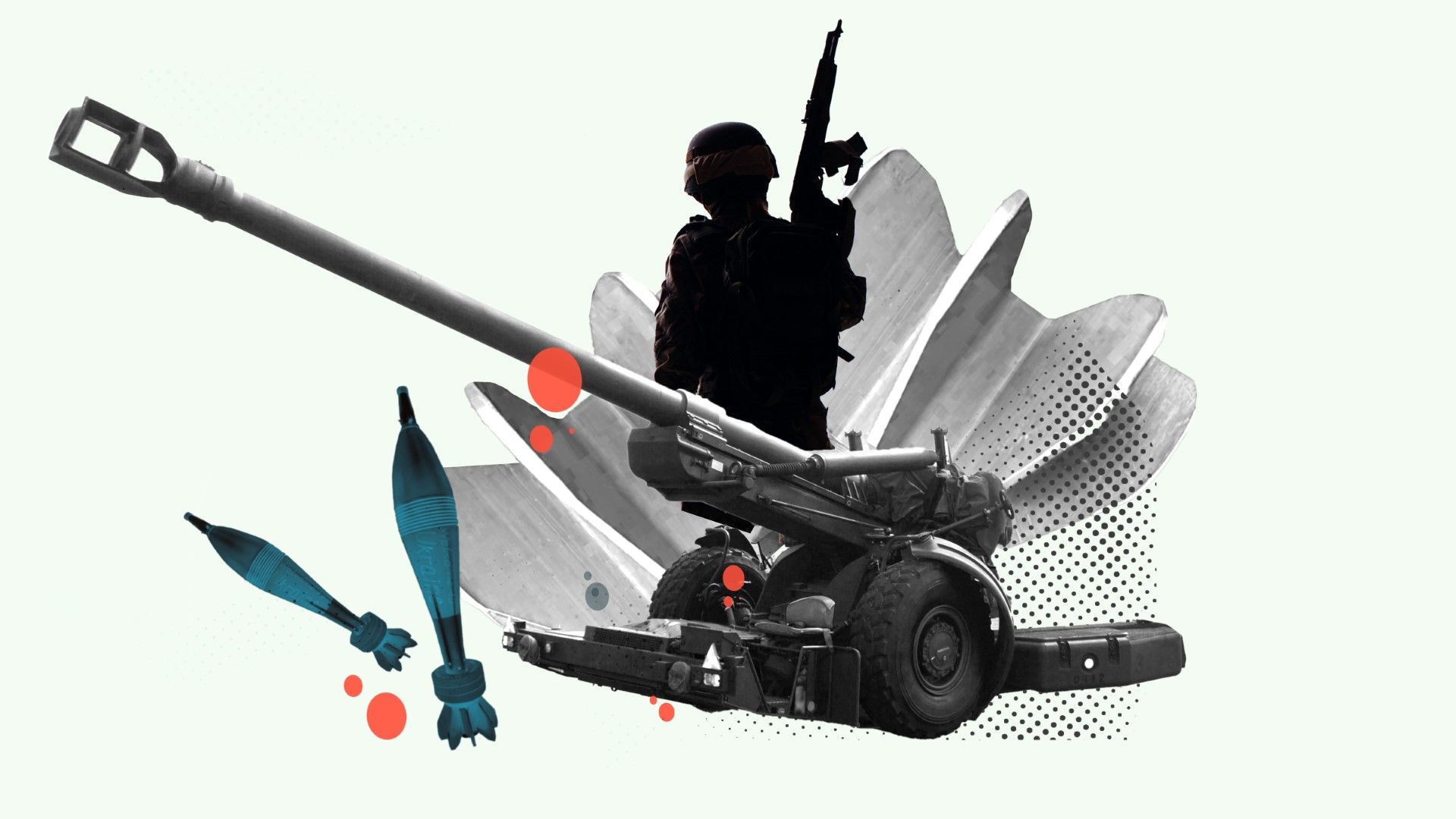Kirby: Ukraine is using cluster munitions 'effectively'

Ukraine has started to use cluster munitions within the last week and is using them "effectively," US National Security Council Coordinator for Strategic Communications John Kirby told reporters on July 20.
The weapons "are actually having an impact on Russia’s defensive formations and Russia’s defensive maneuvering," Kirby added.
Earlier on July 20, the Washington Post reported that Ukraine had started to use the weapons, citing Ukrainian officials.
The weaponry has been deployed in Ukraine's southeast and is expected to be used against Russian positions near the occupied city of Bakhmut, the outlet wrote. The munitions have apparently been used to break up the Russian trenches slowing down Ukrainian advances.
Oleksandr Tarnavskyi, the commander for Tavria military sector, confirmed to CNN on July 13 that the U.S. had already delivered the weapons it had pledged as part of the latest $800-million aid package to Ukraine the week before.
The announcement that the U.S. was sending cluster munitions to Ukraine was seen as controversial due to humanitarian concerns over their use.
Cluster munitions scatter bomblets over a wide area. The cluster munition duds, or unexploded bomblets, can pose a danger to the civilian population in the area long after the hostilities end.
The Ukrainian military has therefore said that cluster munitions will not be used in cities, densely populated areas, or on Russian territory.
While Russian forces have been using munitions with the dud rate of 30-40%, the U.S.-provided cluster munitions would have the dud rate not higher than 2.5%, according to National Security Advisor Jake Sullivan.
Over 120 countries banned using, developing, producing, acquiring, stockpiling, or transferring cluster munitions in the 2010 convention. Ukraine, the U.S., and Russia are not signatories to the convention.














